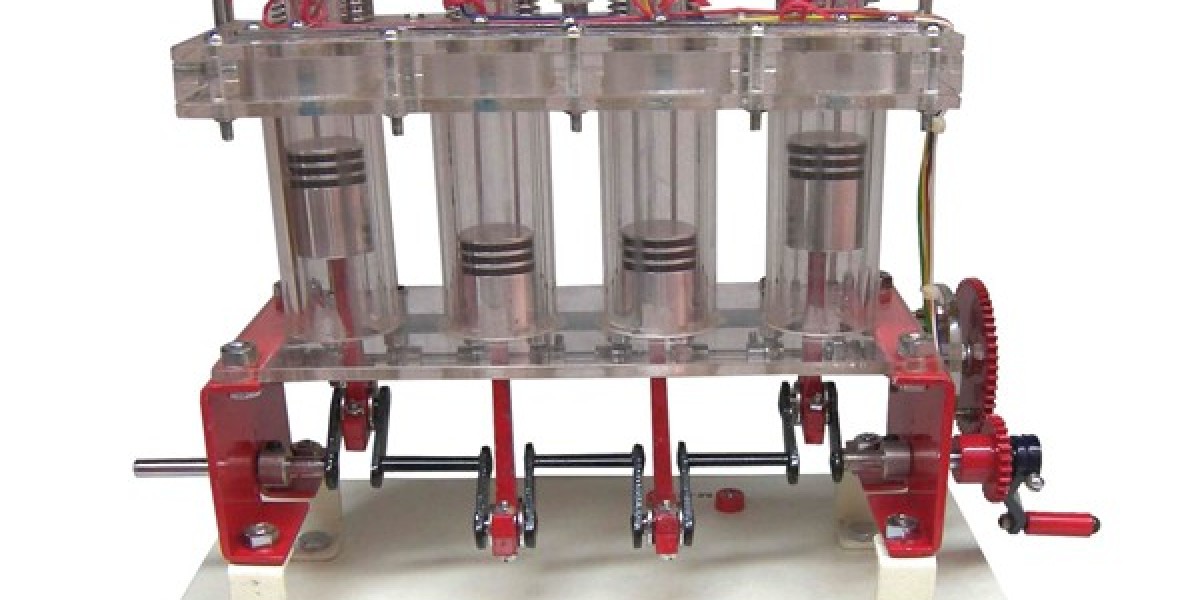Science education is increasingly being recognized as more than just theoretical: practical, hands‑on learning is becoming central. Schools across India are upgrading labs, introducing newer technologies, and demanding better safety, flexibility, and cost‑effectiveness in their lab equipment. For manufacturers, suppliers and school administrators, staying ahead of the trends can make a big difference. Here are the most significant trends in school science lab equipment supply in India in 2025.
1. Increased Emphasis on Experiential / Learning‑by‑Doing
One of the biggest trends is the shift from rote theory toward experiential learning. Schools and educational boards are pushing for lab work, demonstrations, interactive modules that let students actually do science. This means equipment that supports experiments, kits, models, instruments that are robust, easy to use, with low maintenance.
Hands‑on science is shown to improve understanding and retention. To meet this, suppliers are offering more complete lab kits (for physics, chemistry, biology) that include not just devices but consumables, manuals, and sometimes virtual/augmented reality components.
2. Modular, Flexible, & Portable Lab Equipment
Space constraints in many Indian schools demand flexible setups. Labs may serve multiple functions, or are small. Thus, modular furniture, portable apparatus, mobile lab kits help. Schools want benches, storage, and equipment that can be rearranged, moved, shared among classes.
Portable kits (for physics or general science) make sense especially in rural or semi‑urban schools, or when traveling labs / community programs are involved. They allow experiments to be brought to students rather than vice versa. Microscale chemistry kits, small physics model sets, etc., are increasingly used.
3. Digital Integration & Smart Sensors
Another strong trend is integration of digital technologies: sensors, data loggers, computer interfaces, smartphone‑based measurement, virtual labs, simulation software, etc. These allow for more accurate measurement, easier data collection and analysis, and also draw student interest.
For example, electronic balances, digital burettes, pH meters with digital readouts, etc., are becoming standard. Some schools are even using virtual labs or augmented reality/VR modules to simulate experiments where cost, safety, or scale is an issue.
4. Safety, Compliance & Quality Standards
With greater awareness and stricter regulations, safety is no longer optional. Schools are insisting on lab furniture that is chemical‑resistant, fire‑safe, with proper ventilation, safety cabinets, fume hoods, eye‑wash stations, etc. school science lab equipment supplier in India who comply with Indian and international safety standards have a competitive edge.
Also, quality assurance, calibration, warranties, and after‑sales service matter more. A supplier who can train teachers, provide manuals, virtual demos, spare parts and maintenance is more likely to be trusted.
5. Eco‑friendly and Sustainable Equipment
Sustainability is becoming a priority. Schools are looking for lab furniture and equipment made from environmentally friendly materials, less energy consumption, safer disposal of consumables, reduced waste. For example, materials that are recyclable, glassware reuse, energy‑efficient lighting, equipment that draws less power, and chemical usage that is greener.
Also, furniture design is moving toward sustainable wood or recycled metal, and designing labs to reduce environmental footprint.
6. Local Manufacturing & Customization (“Make in India” Effect)
India’s policy push like Make in India, skill development programs, and government tenders are encouraging locally made lab tools and equipment. This has multiple advantages: better cost control, faster delivery, customization for local needs, better support service.
Customization is particularly important because schools differ—rural vs urban, small vs large, budget vs premium. Suppliers offering modular/custom solutions (furniture, benches, workstations, sizes, materials) are getting more business.
7. Online Procurement & Distribution Channels
Traditionally, lab equipment was procured offline—suppliers, dealers, displays, etc. But increasingly schools and institutions are using online platforms, e‑marketplaces, specialized educational supply websites. This allows comparison of prices, quicker delivery, better access to new equipment types.
However, for high‑value or specialized equipment, many still prefer direct interaction to verify quality, see demos, negotiate terms. Thus hybrid procurement (online browsing, offline verification) is growing.
8. Government Policy Support & Public Investment
Government initiatives are accelerating lab upgrades and science education. Funding from central and state governments for lab infrastructure, especially for secondary and senior secondary schools, is rising. Also, programs to provide science kits, lab equipment and strengthen labs in underprivileged/rural areas.
Also, ease in procurement rules in certain contexts (making tenders more accessible, higher direct‑purchase limits, etc.) helps. The market for laboratory supplies is expected to see steady growth in India, driven by both public and private investment.
9. Multifunctional / Interdisciplinary Equipment
As STEM education grows, there's more overlap among disciplines: physics, chemistry, biology, engineering, environmental science. Equipment that can serve multiple purposes or experiments is preferred. For example, workstations or benches that can be adapted, sensors that measure multiple parameters, general purpose microscopes, etc. This reduces cost and increases utility.
Also, modular systems that allow future expansion (add‑ons) are in demand. Schools don’t want to buy something entirely new every few years; they prefer scalable systems.
10. Cost Sensitivity & Value‑for‑Money
Many Indian schools (especially in smaller towns / rural areas) have tight budgets. So suppliers are under pressure to deliver reliable instruments at affordable rates. This pushes:
Use of durable, low‑maintenance materials.
Simpler designs for less critical functions.
Bulk purchase discounts.
Offers that bundle consumables or offer after‑sales service.
Also, second‑tier suppliers / smaller manufacturers are playing a role by providing cheaper alternatives, though the risk of lower quality must be managed.
Implications for Suppliers & Schools
For Suppliers / Manufacturers: Innovate in modular designs, develop and market digitally integrated lab tools, invest in safety and quality certifications, focus on local production & customization, build robust after‑sales support, and use online‑plus‑offline channels effectively.
For Schools / Administrators / Purchasers: Prioritize safety and quality, look for suppliers who can provide teacher training & support, balance cost with durability, plan for scalable and modular lab upgrades, and consider online platforms but verify for quality.
Conclusion
The supply of school science lab equipment in India in 2025 is being shaped by several converging forces: increasing demand for experiential and practical learning, digital technology integration, sustainability, local manufacturing, and government policy support. Schools that embrace these trends and partner with agile, quality‑focused suppliers are likely to build labs that are not just functional, but inspiring, safe, and future‑ready.







